#islam art
Text


Teslim ol, O’na güven. 🙏🏻
#photography#film photography#35mm#analog#polaroid#cameras#turkic#i̇stanbul#mosquée#cami#çamlıca camii#islam#islam art#islamicart#Allah#god
293 notes
·
View notes
Text




Unknown, Persian bowls, 10th-13th century
3K notes
·
View notes
Text



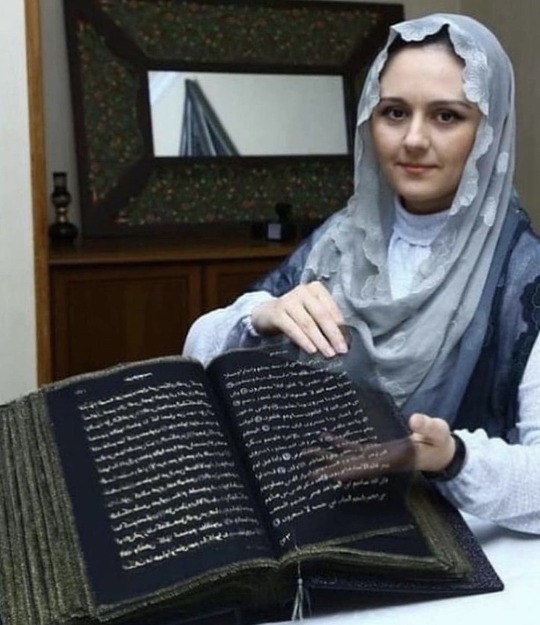
Azerbaijani artist Tunzala Mamedzadeh's Hand-Painted Quran in Gold on 164 Feet of Black Silk
5K notes
·
View notes
Text
Emerald Spectacles from India, c. 1620-1660 CE: the lenses of these spectacles were cut from a single 300-carat emerald, and it was believed that they possessed mystical properties

These eyeglasses are also known by the name "Astaneh-e ferdaws," meaning "Gate of Paradise," based on the perception of the color green as a symbol for spiritual salvation/Paradise. This was a common belief in Mughal-era India, where the spectacles were made.
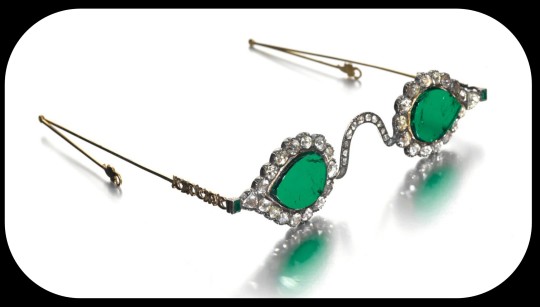
The lenses were crafted from two thin slices of the same emerald. Together, the lenses have a combined weight of about 27 carats, but given the precision, size, and shape of each lens, experts believe that the original emerald likely weighed in excess of 300 carats (more than sixty grams) before it was cleaved down in order to produce the lenses. The emerald was sourced from a mine in Muzo, Colombia, and it was then transported across the Atlantic by Spanish or Portuguese merchants.
Each lens is encircled by a series of rose-cut diamonds, which run along an ornate frame made of gold and silver. The diamond-studded frame was added in the 1890s, when the original prince-nez design was fitted with more modern frames.
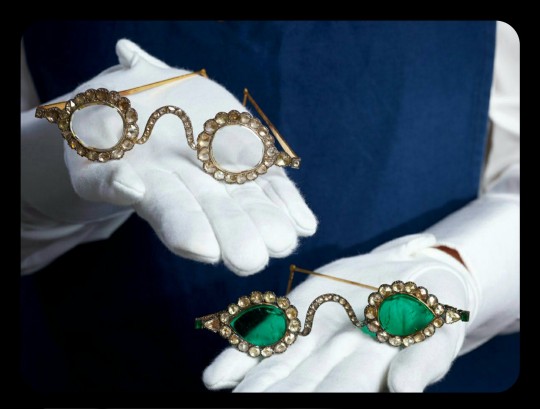
The emerald eyeglasses have long been paired with a second set of spectacles, and they were almost certainly commissioned by the same patron. This second pair is known as Halqeh-e nur, or the "Halo of Light."
The Halo of Light features lenses that were made from slices of diamond. The diamond lenses were cleaved from a single stone, just like the emerald lenses, with the diamond itself being sourced from a mine in Southern India. It's estimated that the original, uncut diamond would have weighed about 200-300 carats, which would make it one of the largest uncut diamonds ever found.

These lenses are so clear and so smoothly cut that it sometimes looks like they're not even there
Both sets of spectacles date back to the mid-1600s, and it's generally believed that they were commissioned by a Mughal emperor or prince. The identity of that person is still a bit of a mystery, but it has been widely speculated that the patron was Shah Jahan -- the Mughal ruler who famously commissioned the Taj Mahal after the death of his wife, Mumtaz Mahal. Shah Jahan did rule as the Mughal emperor from about 1628 to 1658.
The emerald and diamond lenses may have been chosen for symbolic/cultural reasons, or they may have been chosen simply because they're pretty and extravagant; their meaning/purpose is unclear. Experts do believe that the eyeglasses were designed to be worn by someone, though.
It was believed that the spectacles had spiritual properties, like the ability to promote healing, ward off evil, impart wisdom, and bring the wearer closer to enlightenment. Those beliefs are often related to Indic and Islamic traditions, some of which ascribe spiritual and/or symbolic traits to emeralds and diamonds. Emeralds can be viewed as an emblem of Paradise, divine salvation, healing, cleansing, and eternal life; diamonds are similarly associated with enlightenment, wisdom, celestial light, and mysticism.
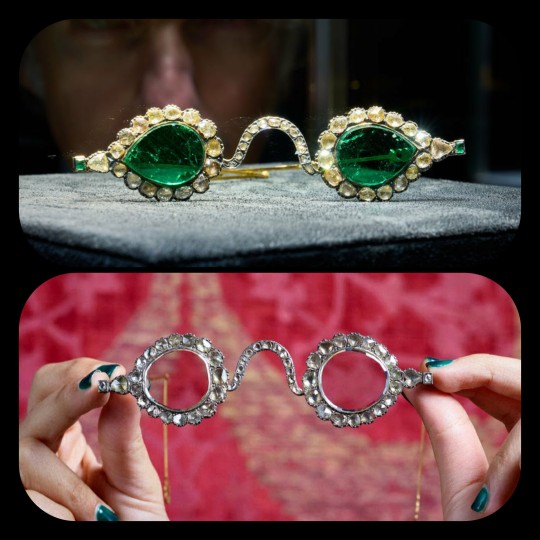
The Gate of Paradise and the Halo of Light were both kept in the collections of a wealthy Indian family until 1980, when they were sold to private collectors, before going on auction once again back in 2021. They were valued at about $2 million to $3.4 million per pair.
Sources & More Info:
Sotheby's: Mughal Spectacles
Architectural Digest of India: At Sotheby's auction, Mughal-era eyeglasses made of diamond and emerald create a stir
Only Natural Diamonds: Auspicious Sight & the Halqeh-e Nur Spectacles
The Royal Society Publishing: Cleaving the Halqeh-Ye Nur Diamonds
Gemological Institution of America: Two Antique Mughal Spectacles with Gemstone Lenses
Manuscript: From Satan's Crown to the Holy Grail: emeralds in myth, magic, and history
CNN: The $3.5 million Spectacles Said to Ward off Evil
BBC: Rare Mughal Era Spectacles to be Auctioned by Sotheby's
#history#archaeology#artifact#mughal#india#17th century#art#emerald#diamond#glasses#indian lore#islam#religion#mysticism#indian history#anthropology#spirituality#fashion
4K notes
·
View notes
Text
Hunger Or Bombs

Palestinians in Gaza are given a stark choice.
“I’ll Give You 2 Options: Hinger Or Bombs!”
Artist: Carlos Latuff
#gaza#palestinians#free palestine#palestine#islamophobia#islam#art#israel#free gaza#gaza strip#gaza genocide#gazaunderattack#palestine genocide#gaza under attack#gaza news#gaza war#gazan genocide#gaza now#gazan families#gazanation#genocide#ethnic cleansing#anti zionisim#west bank#israeli occupation#nakba#nakba 2023#al nakba#second nakba#nakba 1948
1K notes
·
View notes
Text

The horoscope of the Persian Timurid ruler Iskandar Sultan, 1411. This is the only surviving individual illuminated horoscope from medieval Islam.
Al-Mizan (Libra) is at 3 o'clock in the circle of zodiac signs.
5K notes
·
View notes
Text
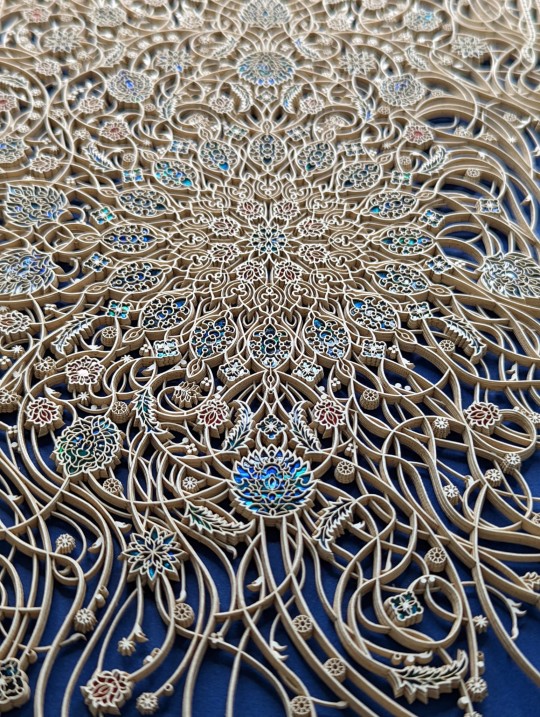
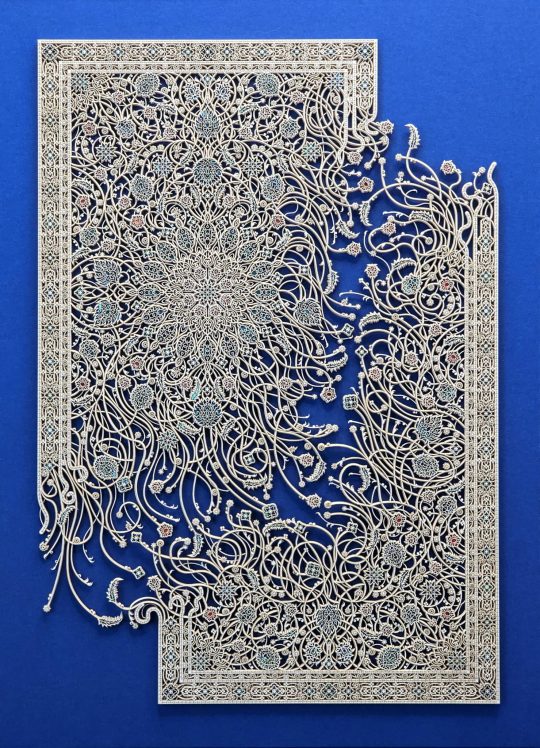
Julia Ibbini, courtesy of Heron Arts
The United Emirates-based artist sources elements from Islamic geometry, embroidery, meenakari enamel work, and even electronic music to inspire the designs that compose her laser cut paper works. The complex patterns and layers of her colorful compositions are a metaphor for the artist’s multicultural background as a dual national from Jordan and the UK, and share elements of symbolism seen in the Middle East region. Ibbini uses computer algorithms to create digital designs that she laser cuts onto paper. She then layers these detailed pieces and hand-paints them with ink.
#julia ibbini#paper art#paper sculpture#laser cut paper art#textile art#paper#islamic art#art#trypophobia tw
17K notes
·
View notes
Text

Beautiful morning 🌿
Cairo, Egypt 🌻
#يوميات بنت إسمها ش#مصر#egypt#photography#thisisegypt#art#masterpiece#cairo#shaimaa fekry#palm trees#history#heritage#culture#islamic#mosque#architecture
869 notes
·
View notes
Text

AND IF THAT'S ALL THAT I'M GONNA BE / WON'T YOU BREAK THE CHAIN WITH ME?
#asoiaf#daenerys targaryen#favorite part as always was the outfit but i also had fun writing all the titles out 😭#new appreciation gained for islamic architecture bc designing that frame sucked ass. You can see i kind of failed on the sides.#my art#daenerys#daenerys stormborn
527 notes
·
View notes
Text
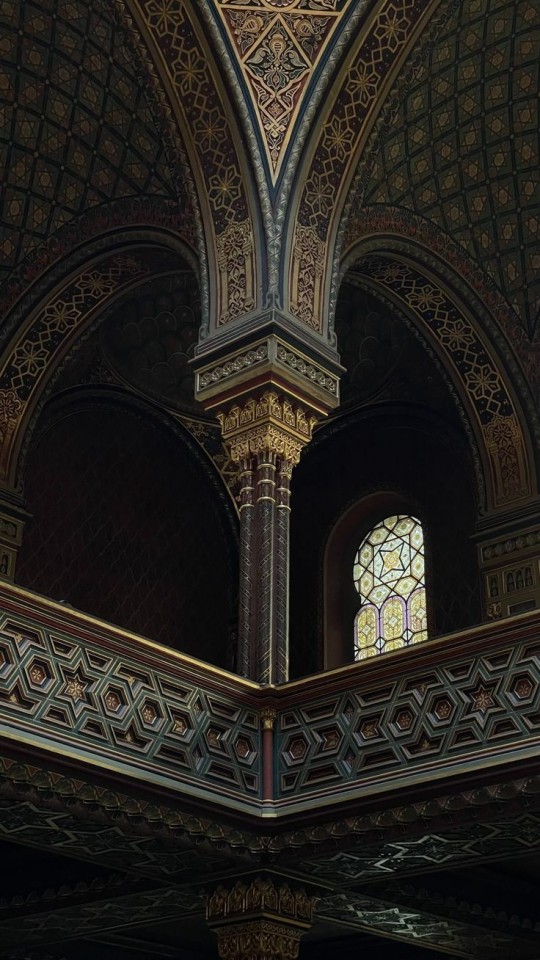
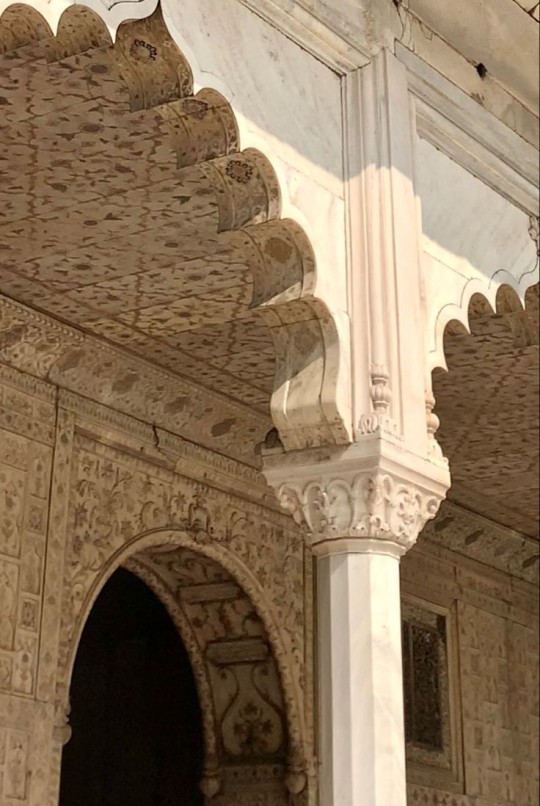
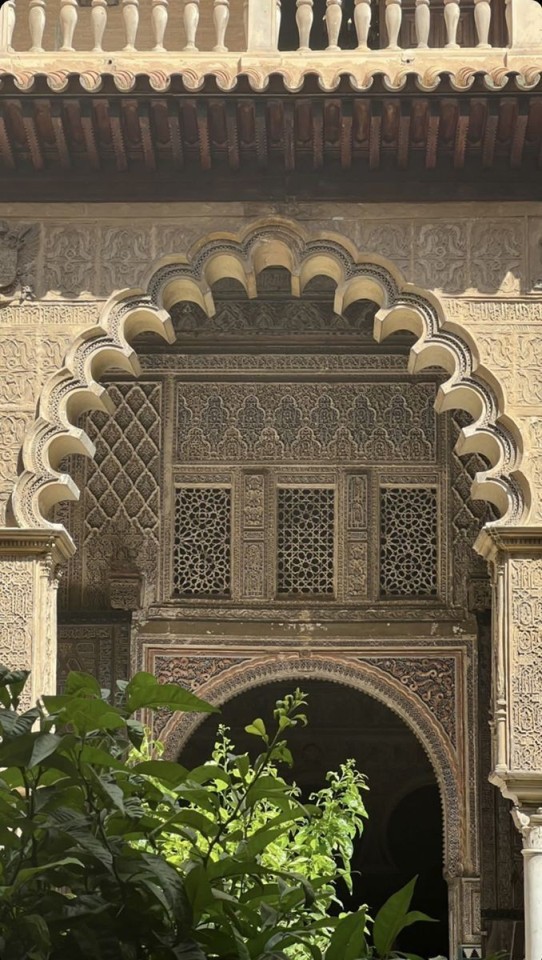


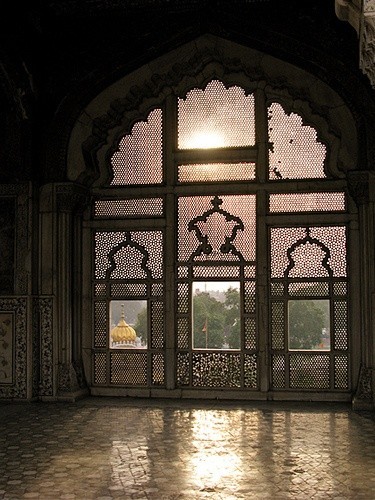
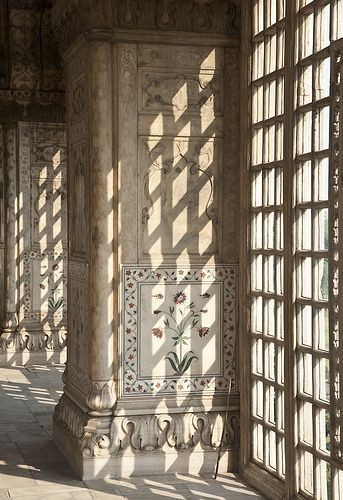
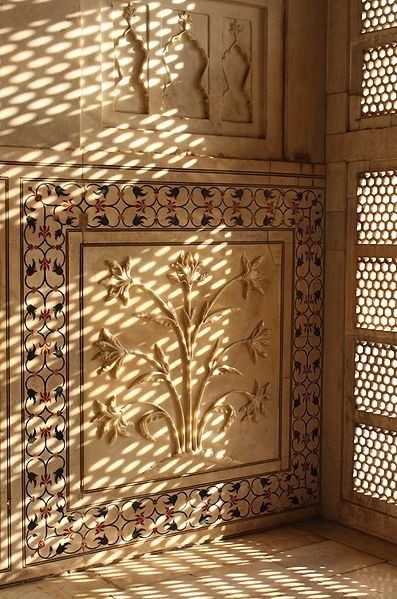

786 notes
·
View notes
Text



Kalbinde iyilik biriktirenlerin yolu,daima açıktır. 🍀
#photography#film photography#35mm#analog#cameras#polaroid#turkic#ara güler#i̇stanbul#galata#mosquée#çamlıca camii#camiler#cami#islam architecture#islam art#architettura
33 notes
·
View notes
Text

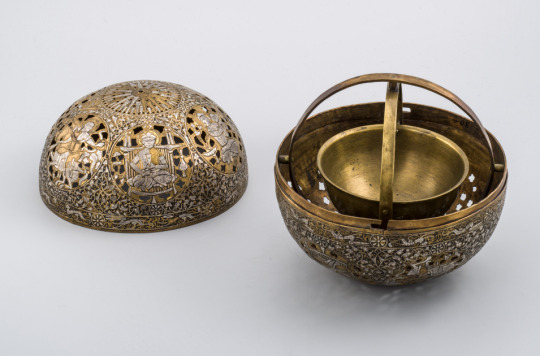
Silver and gold gilded incense burner, Syria, 13th century
from The State Museum of Berlin
478 notes
·
View notes
Text

Unknown, Arabic Script in shape of lion: "In the name of the lion of God, the face of God, the victorious Ali." from Turkey
19th C
483 notes
·
View notes
Photo

Sweet chestnut leaf with gold calligraphic inscription, Turkey, 19th century
The leaf is inscribed with a Qur’anic verse from Surat al-Isra’ (“The Night Journey,” Q17:80): “And say, ‘Lord grant me a good entrance and a goodly exit, and sustain me with Your power.”
Aga Khan Museum
3K notes
·
View notes
Text
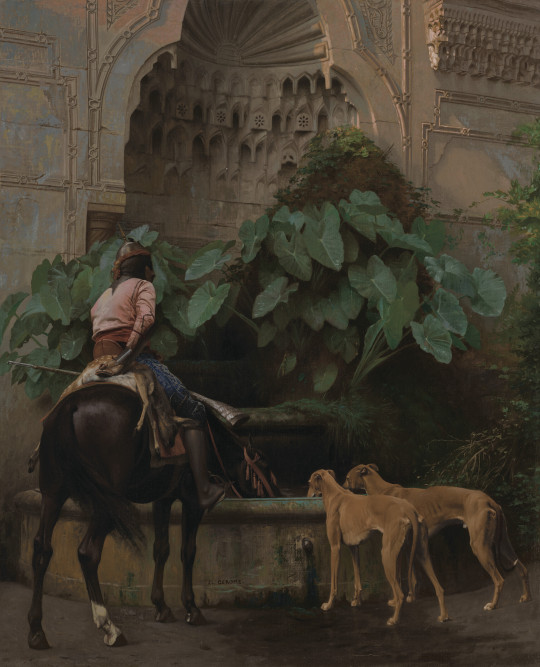
Jean-Léon Gérôme
Retour de la chasse, Circassian à l'abreuvoir
ca. 1877
#gerome#art history#jean-leon gerome#orientalism#orientalisme#french art#19th century art#edward said#linda nochlin#other#the other#art pompier#islamic art#islamic architecture
833 notes
·
View notes
Text
Character Design tips when creating a Hijabi Muslim OC

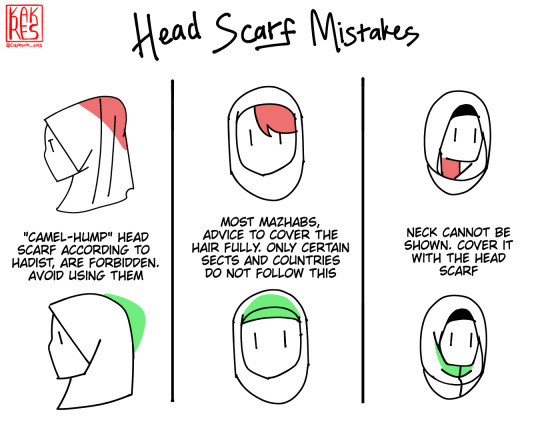
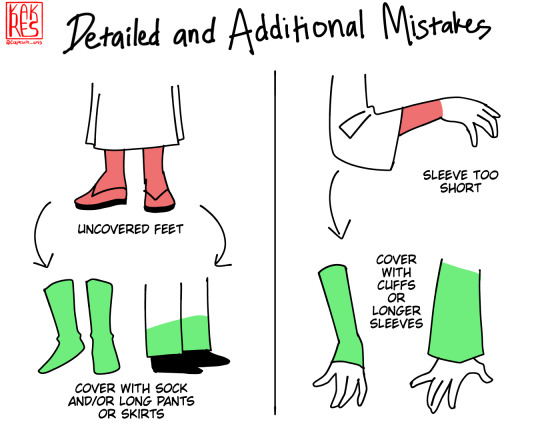
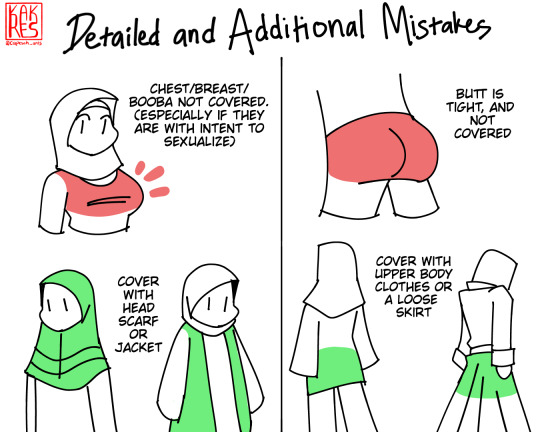
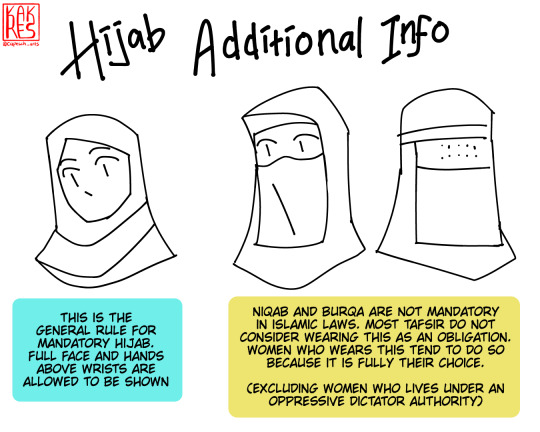
Note: Sleeves or a head appearing is okay IN CERTAIN SITUATIONS. Like working in a garden and rolling up your sleeves OR going to the hair salon OR checking up in a hospital. In other Mazhab or fiqh, it's much more lenient and it's okay to show ankles or neck. (depends on country or Mazhab)

Note: Camel Hump hijab in certain tafsir could mean a haughty attitude rather than the camel hump shaped hijab, but there are also others that take it literally too, so it depends on the person.

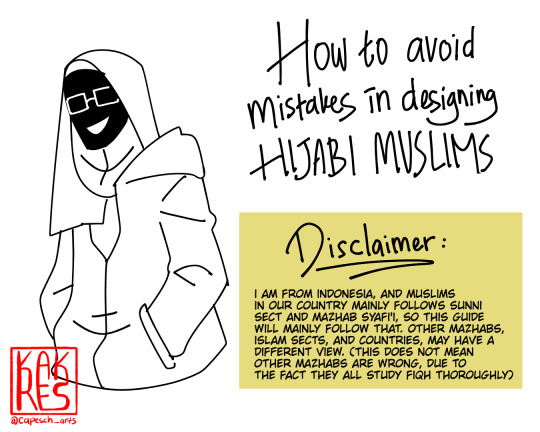
4K notes
·
View notes